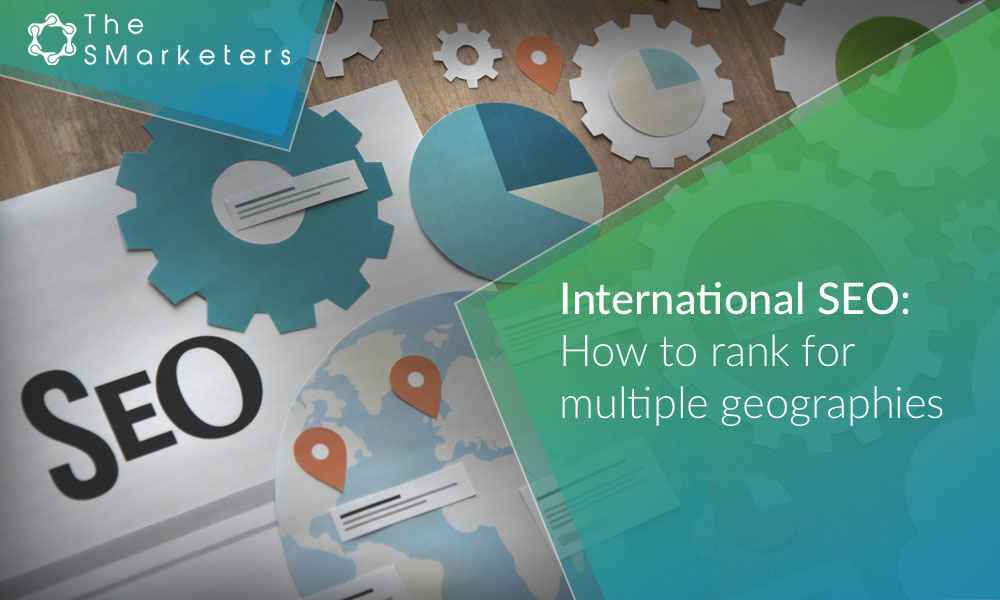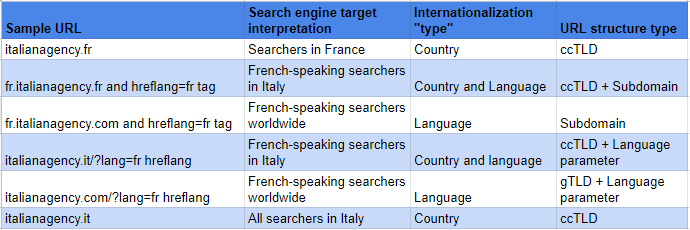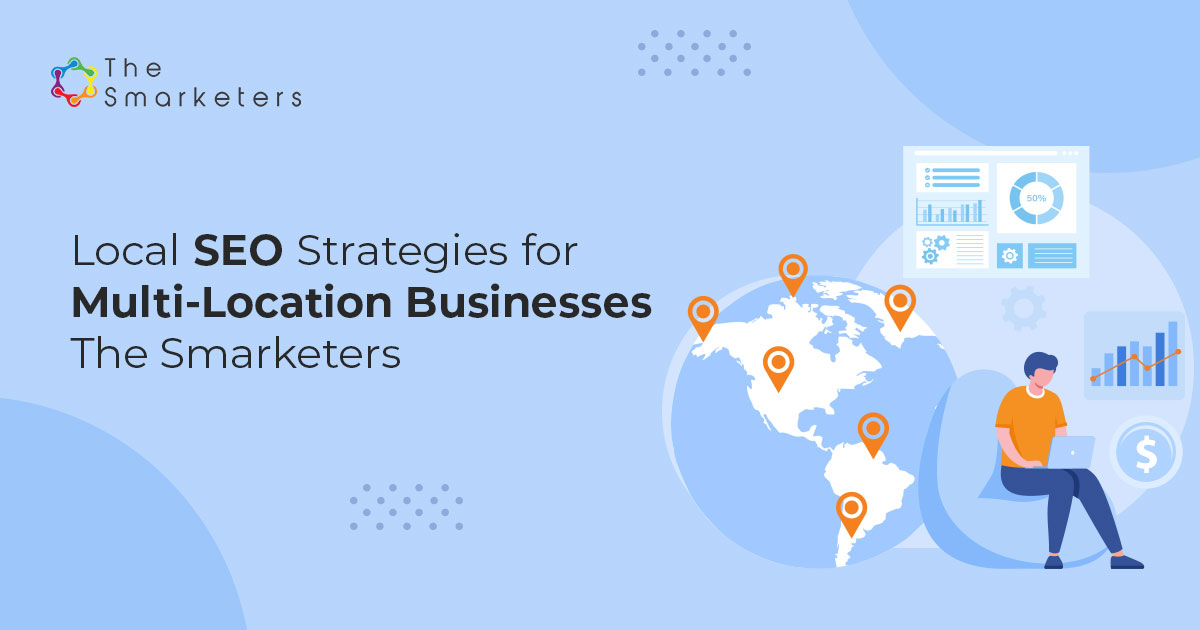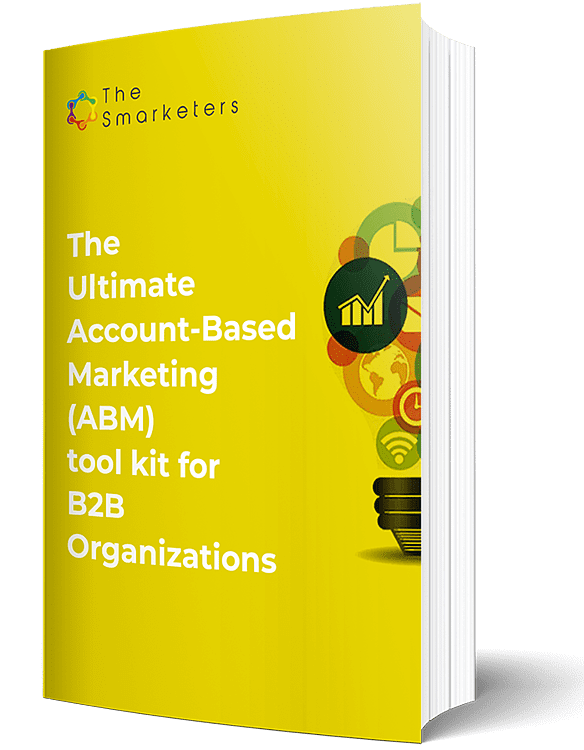Why would you want your business to remain local when you can leverage myriad opportunities by exploring international markets?
In order to tap into multiple markets to exponentially increase these opportunities, business strategies must move towards internationalization.
When your business is looking to enter new international geographies, establishing a stable International SEO strategy is necessary.
Let’s look at different ways your business can target global customers and make good decisions when tackling the complex task of ranking in multiple countries.
Why International SEO?
Every country or market has its own country-specific search engine – e.g. google.fr in France, google.co.uk in the UK, etc. Search results on these local Google search engines are radically different from those on google.com.
You may rank high on google.com but be poorly ranked on google.fr or google.co.uk.
Your business’s search engine optimization efforts are directly linked to your local website, local search engines only.
You need to develop a global SEO strategy for each of your international markets, taking into consideration country-specific searching trends and habits.
Best Practices for International SEO
Domain Structures for Global Sites
If the site is multi-regional, the webmaster will need to choose one method for
separating the different versions of a website. There are three options supported by Google: domain names, subdomains, and folders.
Use of Country-Code Top Level Domain Name (ccTLD): This is a domain name tied to a specific country – ‘.fr’ is the ccTLD for France. E.g. https://www.example.fr
Use of Generic Top Level Domain Name (gTLD): Combine gTLD with a country-specific subdomain to signify any particular country.
Eg. https://uk.example.com or a language-specific subdomain, for example, https://en.example.com which would be appropriate for any English-speaking visitor.
Use of gTLD with a country or language-specific subdirectory: Internationalized content is placed in a specific subdirectory, or subfolder, of a root domain.
E.g. https://www.example.com/uk
Few companies on the internet use URL parameters to serve different results to different consumers. For example https://www.example.com?loc=de or https://www.example.com?country=france
Google explicitly cautions against this method, and existing websites that run using these URL parameters should be evaluated before any international optimization work is carried out.
Tip: Exercise separate URLs for the content for different countries or languages. Managing cookies to display translated or localized versions of websites are problematical: they are challenging for search engines to index and will not work effectively if a searcher has disabled their cookies
Language-target your website
The intriguing aspect of international SEO is when you have one country speaking several languages. There are a number of different and equally valid ways of organizing the pages on your website through SEO audit tools.
The following example would tell Google that an alternate version of the content is available in German at the link provided:
Example of hreflang tag:
<link rel=”alternate” href=”https://example.com/de” hreflang=”de-de”/>
An overview of best practices for using language targeting:
- Google suggests that automatically translated pages should not be carried in their index, because the quality is not adequately reliable as to warrant inclusion.
- Automatic translations are not usually successful and oftentimes texts are translated accurately so the meaning of the document is lost. If a visiting user cannot understand a website, or it sounds fake, they are unlikely to become a customer.
- Poor translations will lead to poorly optimized text. This can be rectified by hiring reliable SEO audit agencies.
- There are a few languages that search engines cannot easily differentiate between. If the content has been automatically translated, there is a risk that the search engine will mistake it for another language and fail to serve it in the appropriate SERPs.
- Use one language only on each page of your site – the navigation, headers, and content should only be in the related language.
Other SEO Signals: Optimizing international online presence
Get Local
- Localize text content: language, spelling, vocabulary, dates, units of measurement, shortcuts, figures, currencies…
- Localize design content: images, color schemes, symbols
Get found locally
- Use local hosting and URLs
- Optimize your keywords for local search engines
Generate local demand
- Develop a social media strategy
- Create forms to turn visitors into leads and customers
- Make use of web analytics
How to avoid Google penalties
Duplicate content
All text has to be different, adding value. However, Google understands the need for country-specific websites. Though your text for a France website may be similar to your US text, the rel-alternate-hreflang code helps Google understand that your text is not a duplicate, but a country-specific version.
Bad Links
Earlier, the more links you had pointing to your website, the better. Due to the practice of obtaining many links from less than credible websites, Google today takes into account the quality of websites that link to yours. If the linking website is classified as not credible, this can decrease your ranking positions.
Hreflang annotation issues
From not using the appropriate country or language code to implementing region values that are not yet verified by Google, to not obeying the tag specification, to not holding it in the right locations, to not tagging all of the relevant URLs are issues to watch out for in your international SEO.
Conclusion
Implementing international SEO best practices is similar to SEO with new rules that you should keep in mind to improve your visibility in local search results and increase organic traffic.
Make sure you are providing information that’s suited to your target audience. What strategy is right for your business will depend on your objectives, budgets, and marketplace, and in many cases, combinations of these options.
Building long-term value
If the local market search engines can’t find you, your targeted audiences in that market can’t either. Search results and criteria are different in each country and simply translating a page is not enough to get you listed.
Over 200 factors influence the ranking of your website. You need an SEO audit agency to analyze the factors.
As Global SEO opens new frontiers for international business, your organization should consider engaging experts to ensure you’re leveraging it efficiently. Inbound marketing agencies will be able to optimize your company’s websites for different areas and in different languages to allow you to target a huge base of customers.















